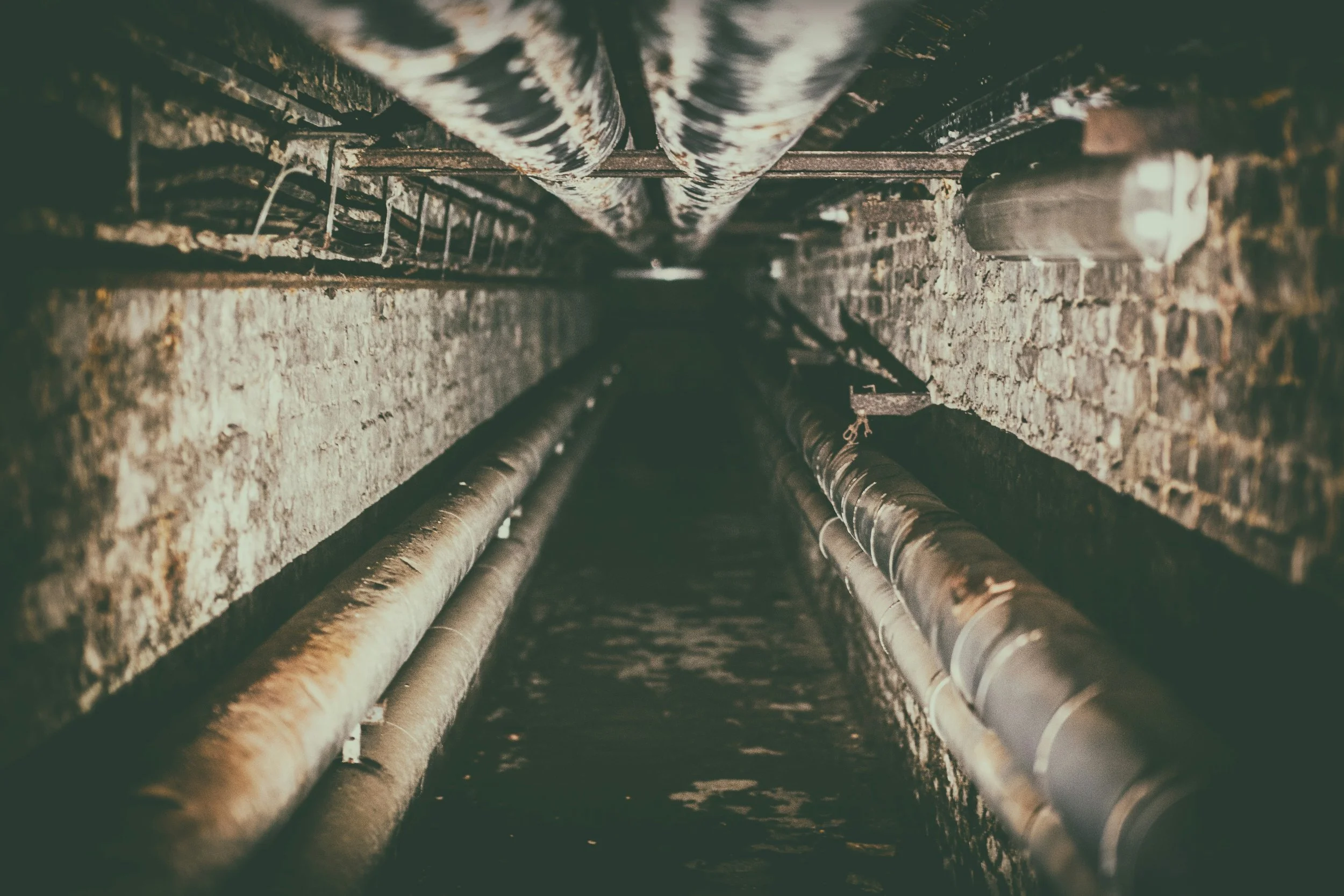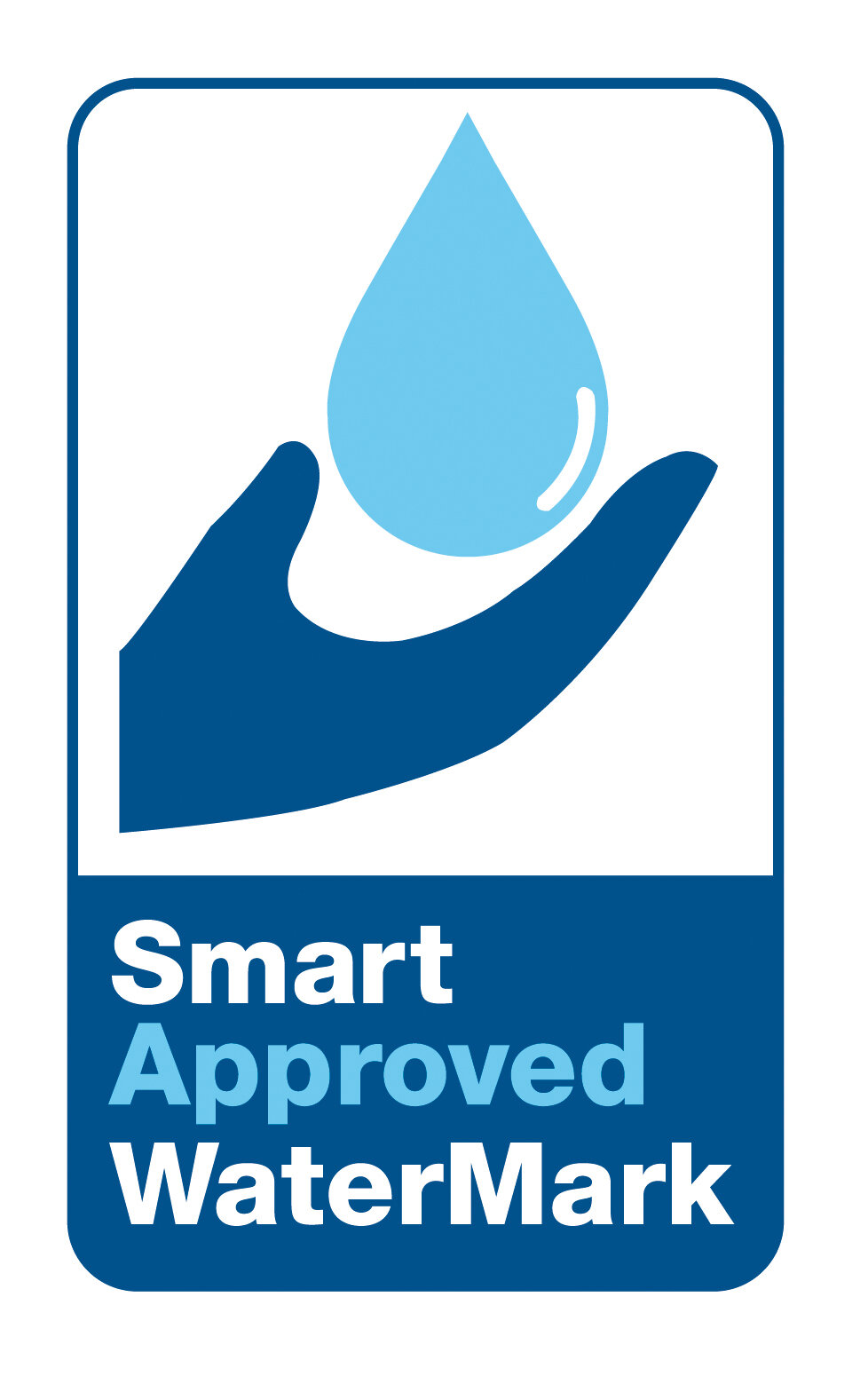Inside a Sewer. Image by Denny Muller found on Unsplash
The smell of sewer gas in a building is more than just an unpleasant odor—it's a warning sign of a potentially serious health hazard. Understanding what sewer gas is, how it enters facilities, and how to prevent it is crucial for maintaining a safe and healthy environment.
What Causes Sewer Gas Odors?
The most common culprit for sewer gas odors being released into a facility is a dried-out P-trap (often mistakenly called a "J" or "U" pipe) located directly beneath drains.
The P-Trap's Role: The P-trap is a U-shaped plumbing fixture that holds a small pool of water. This water acts as a simple, effective water seal to block sewer gases from rising up through the drain and into the building.
The Problem: When a drain isn't used for an extended period, the water in the trap can evaporate, allowing the foul-smelling, and potentially harmful, sewer gases to escape.
A stark historical example highlights the danger: the 2003 SARS epidemic in Hong Kong was tragically spread through dried-out P-traps under floor drains, severely impacting the health of residents in an apartment building.
What is Sewer Gas? The Complex, Toxic Mixture
Sewer gas is a complex mixture of gases, pathogens, and compounds that originate from the decomposition of organic waste in sewage. Some of these components are toxic and can cause disease.
The primary and most dangerous components of sewer gas include:
Hydrogen Sulfide: A poisonous, corrosive, and flammable gas that often has the distinctive, offensive smell of rotten eggs.
Methane: A potent greenhouse gas believed to contribute to ozone layer depletion. While non-toxic, it displaces oxygen and is highly flammable.
Ammonia: A colorless gas with a sharp, strong odor. High concentrations can cause severe health issues, including blindness, and it can be deadly when mixed with other fumes.
Carbon Dioxide: Although widely used, when released from drains, elevated concentrations can be detrimental to human and animal health and harmful to the environment.
Health Symptoms of Sewer Gas Exposure
If sewer gas is present in a home or facility, occupants may experience a range of unwelcome health symptoms. These can vary depending on the concentration and duration of exposure:
Common Symptoms: Fatigue, headaches, nausea, and dizziness.
More Severe Symptoms: Memory loss, seizures, coma, and in extreme cases, death.
Simple and Effective Prevention Solutions
Thankfully, preventing sewer gases from entering your space is typically a straightforward task that involves maintaining that vital water seal in the P-traps.
1. Basic Maintenance
The simplest solution is to pour a small amount of water down all drains (sinks, showers, floor drains) at least once a week. This straightforward action replenishes the water in the P-trap, preventing it from drying out.
2. Long-Lasting Protection for Commercial Facilities
For a more practical and efficient method, especially in large facilities like schools, offices, and commercial buildings, consider using a specialized product like Everprime.
How it Works: By pouring a small amount (about 3 ounces) of Everprime® into all drains every few months, you create a consistent, long-lasting barrier against sewer gases.
Product Benefits: Everprime® is effective, inexpensive, biodegradable, and easy-to-use. It provides durable protection, offering peace of mind that your facility is continuously protected from dangerous sewer gases.
Maintaining an effective water seal is one of the most proactive ways to keep people safe and healthy in the facilities we use every day.
Klaus Reichardt is CEO and founder of Waterless Co., Inc., a pioneer in advancing water efficiency. Reichardt is a frequent author and presenter who discusses water conservation issues. He can be reached at klaus@waterless.com.










